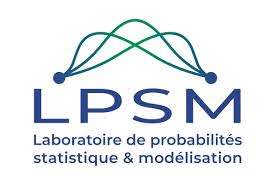Capital Markets Tomorrow: Modeling and Computational Issues

Scientific project

Training
- 1 postdoctoral researcher + 3 CIFRE PhD positions within the Chair’s ecosystem
Scientific Output
- Around ten publications on the program’s main topics
Main Objective
- Applying supervised learning on simulated financial data
- The Chair is situated at the intersection of investment banks’ growing computational needs, driven by increased regulation, and machine learning techniques that can serve this purpose.
Recent Applications
- Sensitivity calculations for hedging and risk analysis of CVA
- Quantification and management of model risk in an XVA hedging valuation adjustment framework
- A fast regression and neural quantile regression algorithm for FVA and KVA calculations
- Statistical learning of conditional value-at-risk and expected shortfall: a mathematical, algorithmic, and numerical study
- Quantitative analysis of the convergence of statistical approximation algorithms optimized for value-at-risk and expected shortfall
- Static hedging of multi-underlying derivative products using vanilla baskets: a mathematical study and neural network–based numerical approaches
- (Ongoing) Creation of a reference dataset for training purposes, intended for practitioners and academics in the field and beyond
Teaching
- Contributions to the XVA analysis course in M2MO and the derivatives course in M2ISIFAR (Université Paris Cité)
Scientific officer

Academic Partners


Economic Partner

